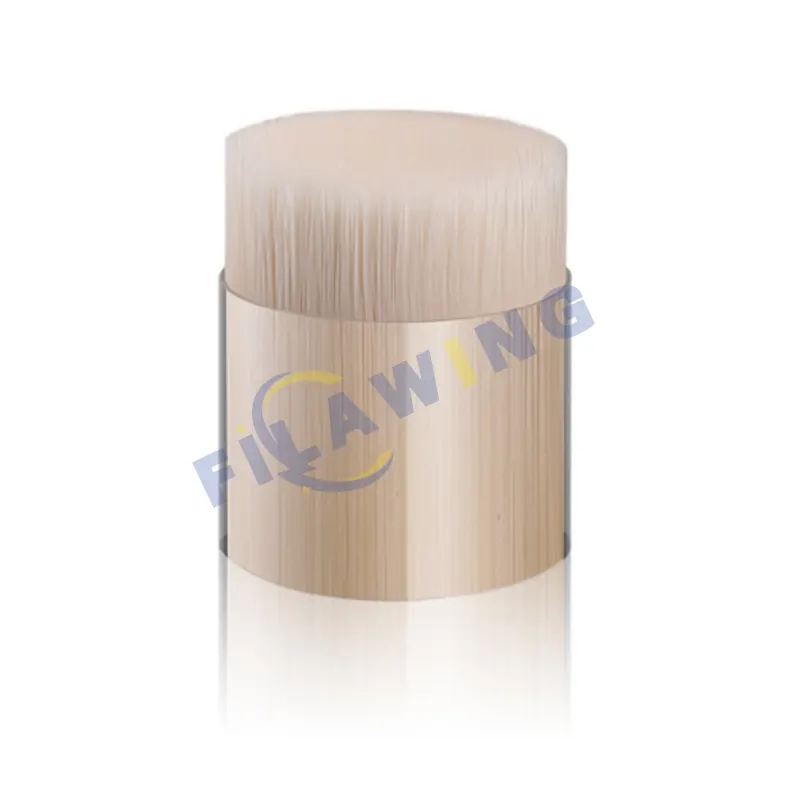The characteristics of Synthetic Brush Filaments
2023-07-10
Synthetic brush filaments are artificial fibers designed to mimic the properties of natural bristles. They are commonly used in various applications where the performance and durability of natural bristles are required, but with additional benefits. Here are some key characteristics of synthetic brush filaments:

Durability: Synthetic filaments are generally more durable and resistant to wear compared to natural bristles. They can withstand rigorous use and maintain their shape and performance for extended periods, making them suitable for demanding applications.
Chemical Resistance: Synthetic brush filaments often exhibit excellent chemical resistance, which allows them to withstand exposure to various chemicals, solvents, and cleaning agents without degradation. This characteristic makes them ideal for applications requiring frequent cleaning or exposure to harsh substances.
Moisture Resistance: Many synthetic filaments have inherent moisture resistance, making them suitable for wet environments or applications that involve contact with liquids. They do not absorb water like natural bristles, which can lead to swelling, deformation, and loss of performance.
Heat Resistance: Certain synthetic filaments are designed to withstand high temperatures without melting or deforming. This heat resistance makes them suitable for applications that involve heat treatment, such as paint curing or hot air drying processes.
Consistency: Synthetic brush filaments offer consistent performance characteristics. They are manufactured with precise dimensions, uniformity, and stiffness, ensuring a reliable and predictable performance during brush applications.
Hygiene: Synthetic filaments are generally non-porous, which means they do not trap bacteria, mold, or other microorganisms. This characteristic makes them more hygienic compared to natural bristles, as they are easier to clean and maintain sanitary conditions.
Cost-effective: Synthetic filaments are often more cost-effective than natural bristles, making them a preferred choice in many industries. They offer comparable performance to natural bristles at a lower price point, making them a cost-efficient alternative.
Environmental Considerations: Synthetic brush filaments can be engineered to be eco-friendly and sustainable. Some manufacturers produce filaments from recycled materials, reducing the environmental impact associated with the production of new synthetic fibers.
Customization: Synthetic filaments can be tailored to specific requirements, such as different filament diameters, lengths, and stiffness levels. This allows manufacturers to customize brush filaments according to the desired application and performance needs.
These characteristics make synthetic brush filaments highly suitable for a wide range of industries and applications, including paintbrushes, cleaning brushes, industrial brushes, cosmetic brushes, and more.
Previous:Filaments Cutting Machine advantage




